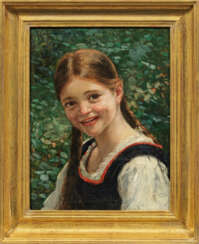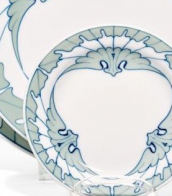lachendes leben

Eduard von Grützner was a German painter of the late 19th and early 20th centuries. He went down in the history of European art as a portrait painter and a brilliant master of genre.
Eduard von Grützner in most of his paintings depicted the life of monks, who usually appear to the audience in the images of merry rioters, leading a not ideal lifestyle. The public liked the original humorous style of the painter, and Grützner's work had many admirers.
Grützner was awarded the Royal Order of St. Michael and also received the title of honorary professor at the Munich Academy of Fine Arts. He also became a Knight of the Order of Civil Merit of the Bavarian Crown and received the title of nobleman, with the prefix "von" added to his last name.
Von Grützner is also known as a collector of art and antiques. For many years he collected masterpieces of the Gothic and Renaissance masters, and towards the end of his life he became interested in Far Eastern art.

.jpg)
Ernst Heinrich Barlach was a German expressionist sculptor, medallist, printmaker and writer. Although he was a supporter of the war in the years leading to World War I, his participation in the war made him change his position, and he is mostly known for his sculptures protesting against the war. This created many conflicts during the rise of the Nazi Party, when most of his works were confiscated as degenerate art. Stylistically, his literary and artistic work would fall between the categories of twentieth-century Realism and Expressionism.


Bernhard Hoetger is a German painter, sculptor, graphic artist and architect. He studied at the Dusseldorf Academy of Art.
In 1937, as part of the Nazi "Degenerate Art" campaign, many works by Bernhard Hoetger were destroyed.


Adriaen van Ostade was a Dutch Golden Age painter of genre works, showing everyday life of ordinary men and women.


Arthur John Elsley was an English painter of the late Victorian and Edwardian periods, famous for his idyllic genre scenes of playful children and their pets. He achieved great popularity during his life and much of his work appeared in calendars, magazines and books.








































